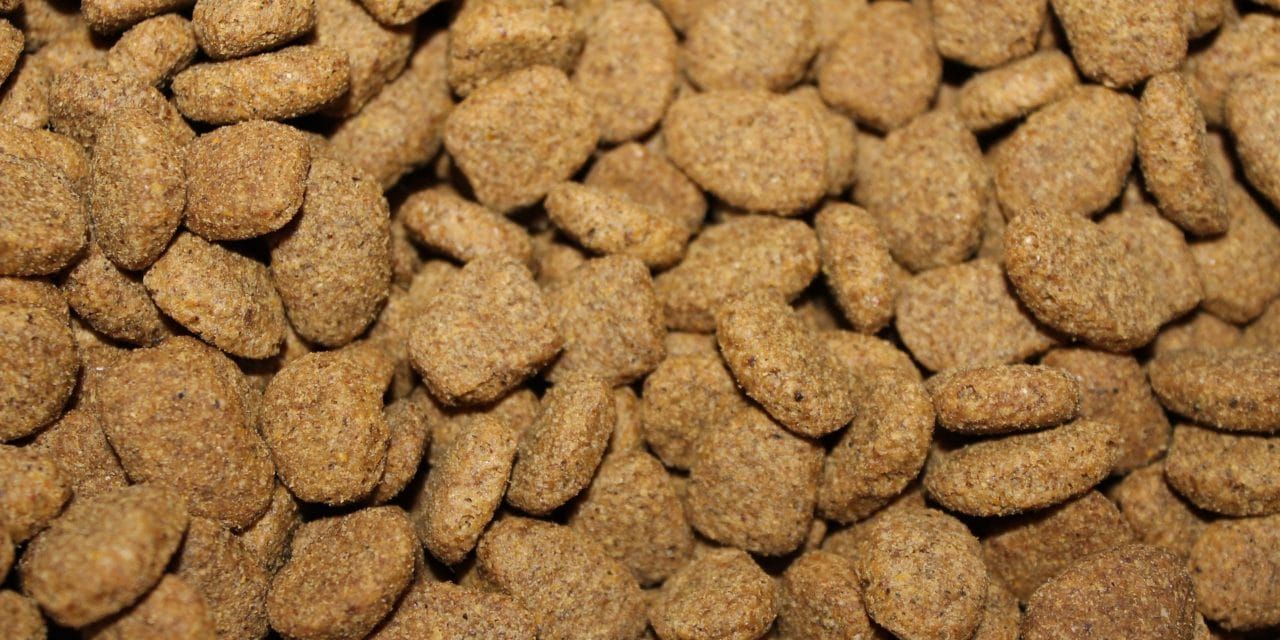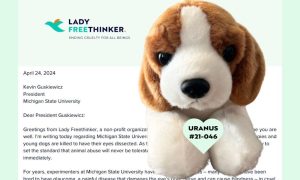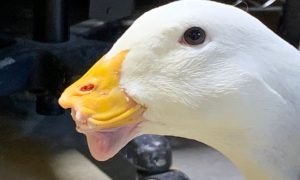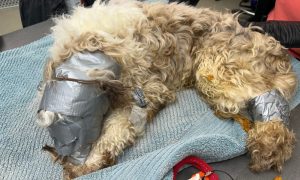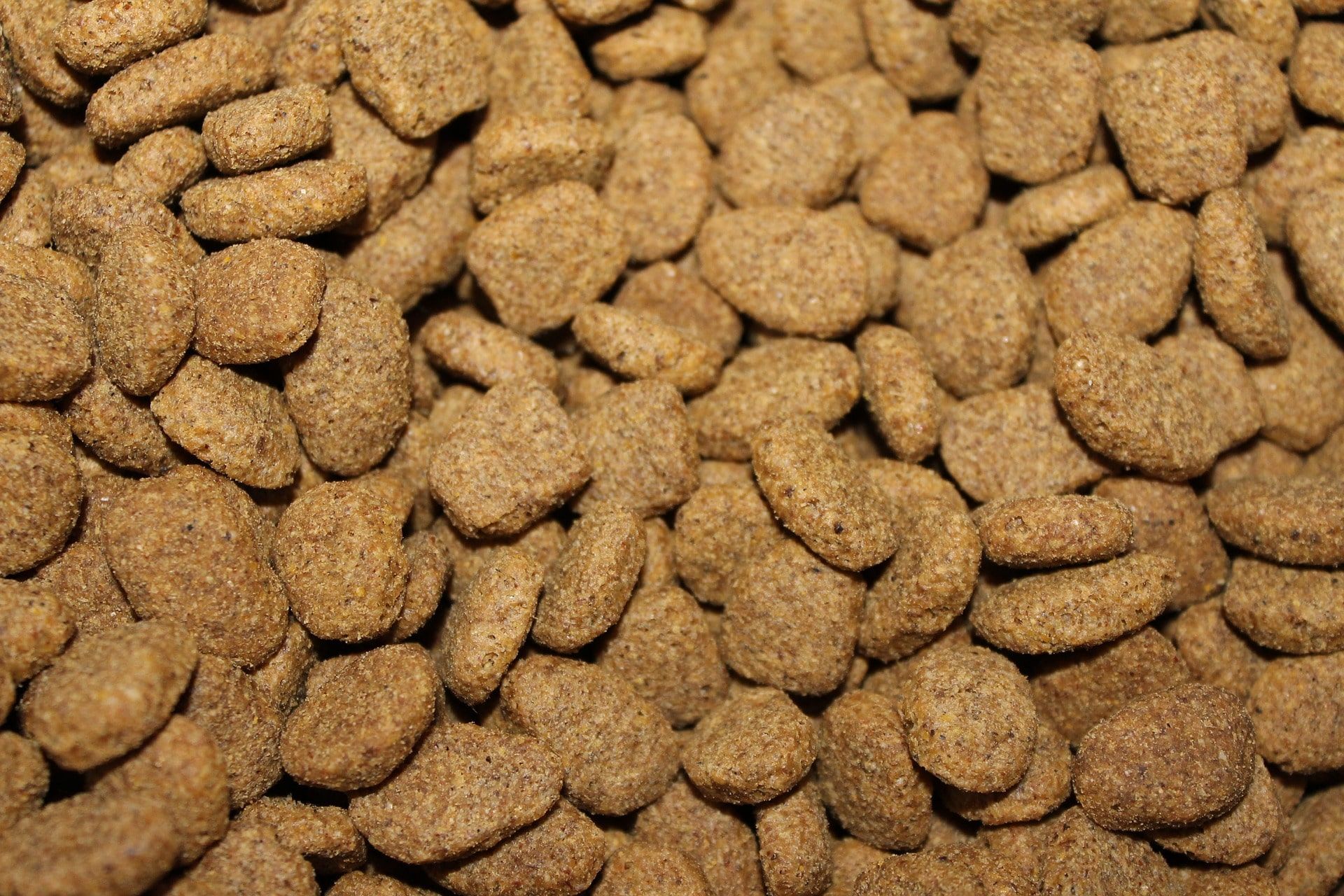Americans have become increasingly health conscious, scrutinizing food labels for sugar grams, salt content, artificial coloring, additives, preservatives, and other non-nutritious ingredients. But most have no clue that ingredients in their pooch’s food aren’t just unhealthy — they are utterly revolting!
Rendering unusable animal parts is defined as cooking raw animal material to remove the moisture and fat. Rendering companies collect fat and bone trimmings, blood, and dead animals from slaughterhouses and farms. They gather meat scraps from ranches, feedlots, restaurants, food stores, butchers, packinghouses, and even euthanized animals — all piled up in their trucks. The by-products include organ fats, offal (intestines and organs), bones, blood, bone cartilage, adipose (tissues where fat is stored), and inter-muscular fats.
Some pet food companies use rendered “food” from unsold cuts of meat and spoiled meat from supermarket delis, diseased and sick animals, fallen animals (too ill to stand), dead farm animals with traces of insecticide in their skin, road kill, zoo animals, chickens with tumors, heads, hooves, and euthanized pets. Throw cancer into the mix to include those who died from this disease. Yum.
That delectable potpourri is shredded into fine pieces and cooked at 280 degrees for an hour. The cooked meat and bones are then squeezed in a hammer-mill press to remove any moisture, and then the mix is crushed into powder. Finally, shaker screens sift out large pieces of bone and fur. This delicious concoction is finally ready to be fed to livestock and the furry members of your family.
In a particularly horrifying cycle, pet food companies use rendered, euthanized pets in their food and then supply animal shelters with kibble and canned food so that they can promote their brand. The resident cats and dogs are eating euthanized cats and dogs. Perverse. Plus, those dead animals have Pentobarbital in their systems from when they were put to sleep.
Here is a scary statistic: in Los Angeles city and county shelters alone, more than 120,000 dead dogs and cats are rendered annually. If you see “animal fat” in food ingredients, it usually means Pentobarbital is in there, too. Incredibly, this practice falls within FDA guidelines.
If you see the ingredient “protein,” it’s probably rendered meat — and anything that was attached to it when it was thrown into the rendering truck. Inadvertent ingredients include chemicals, meat wrappers, pet identification tags, cow tags, and flea collars. Other terms to watch out for are meat, bone, poultry, blood meal, hydrolyzed feather meal, by-products, animal digest, tallow (a fat by-product of rendering that contains Polyethylene found in meat wrappers), and grease. The word “meal” means a product that was rendered. The term “beef” is only used when the type of animal is known. A melange of animals is labeled simply “meat.”
How can you avoid buying food with rendered ingredients? The safest foods are organic or those called “super premium.” (See Dog Advisor for some recommendations).
The good news is that there are more brands of raw and fresh pet foods available now than ever before. Still, many pet guardians choose to cook human food for their pups and kitties instead of turning to the can or bag.
Rendering gives an entirely new and horrifying meaning to “you are what you eat.” Spare your beloved animal companions from becoming a disgusting blend of different animals, animal parts, and assorted contaminants.

